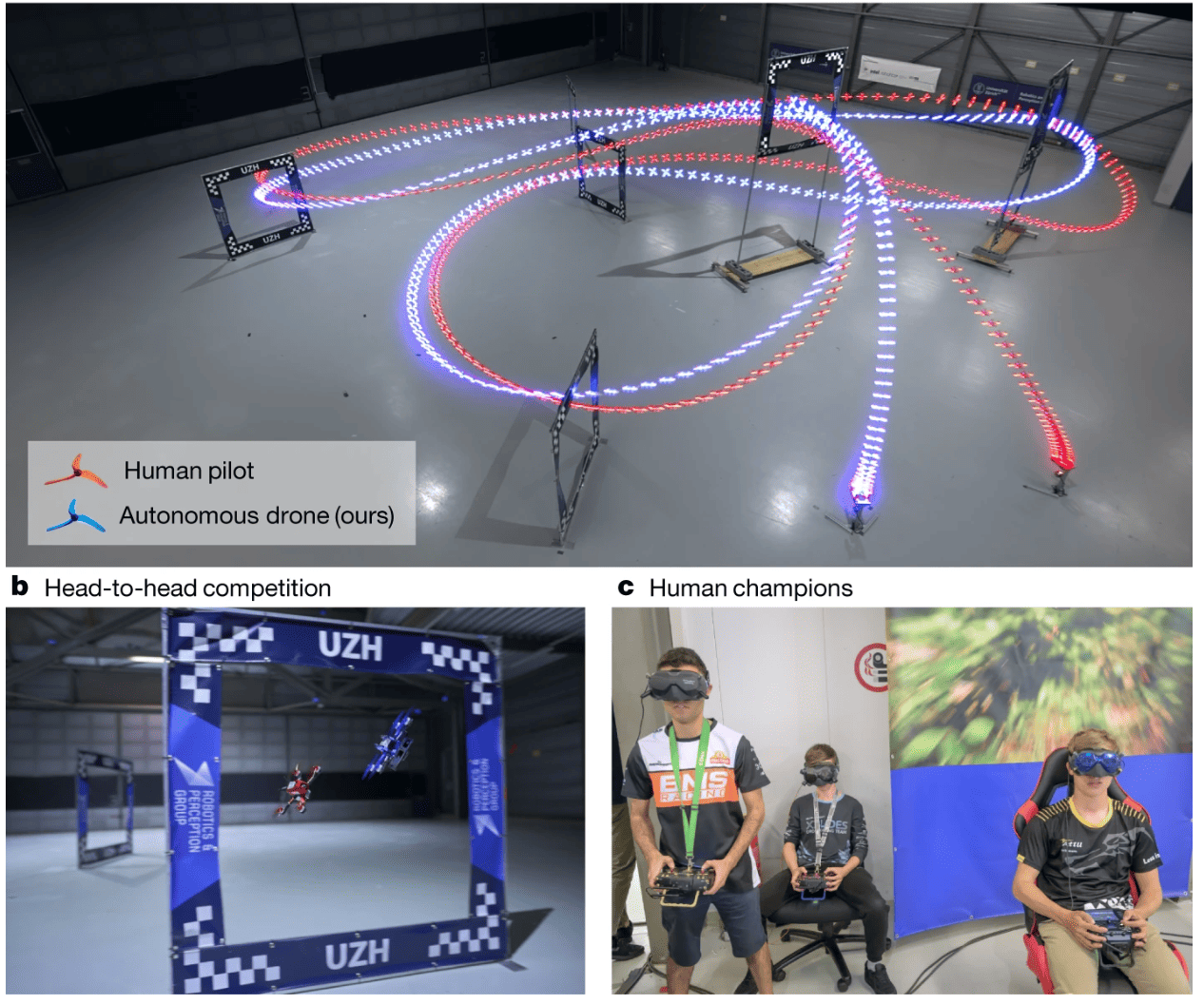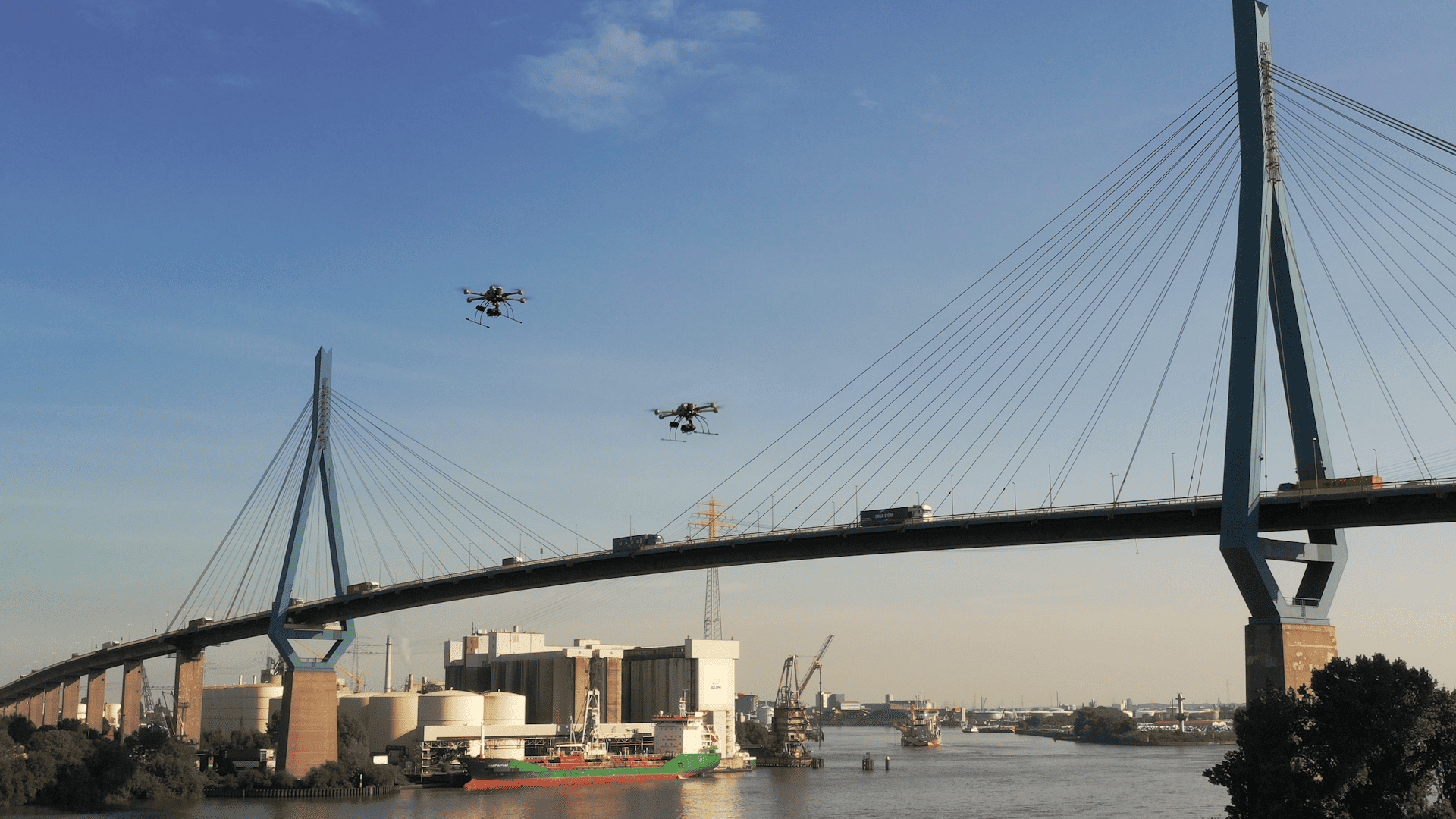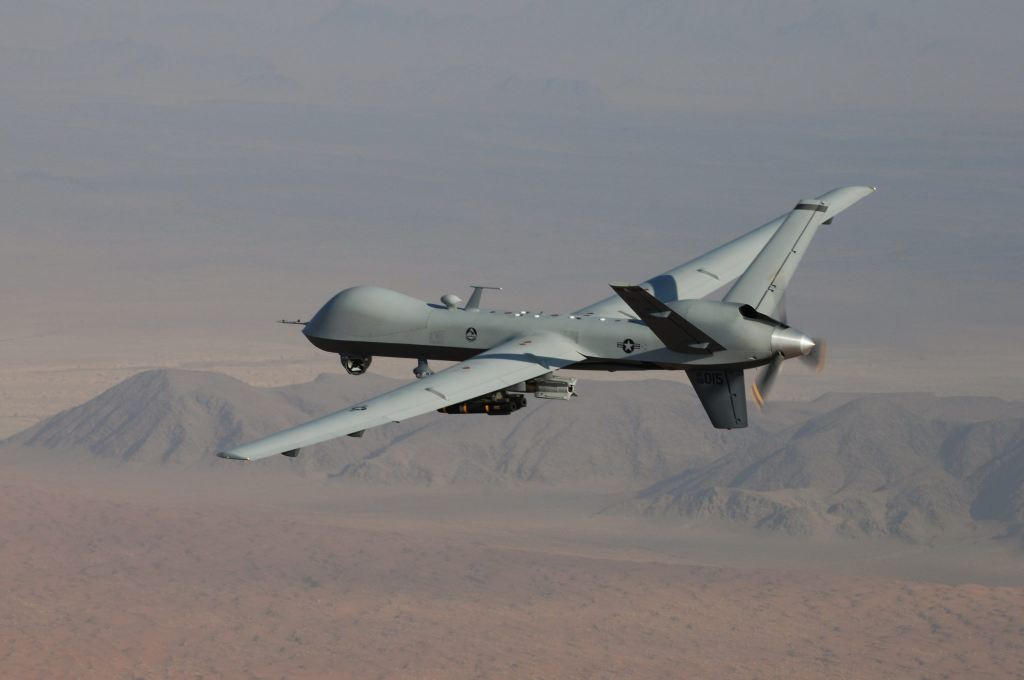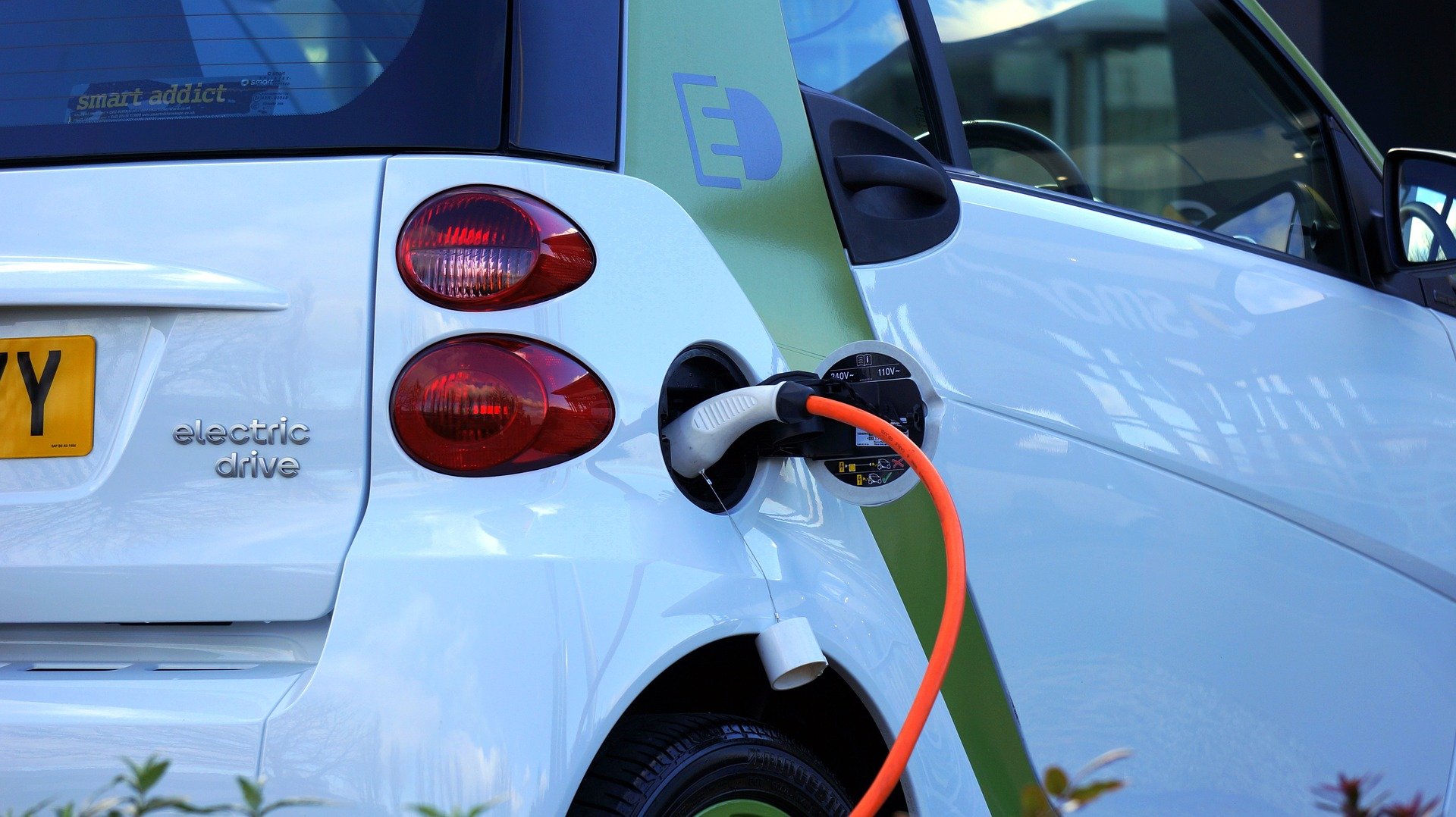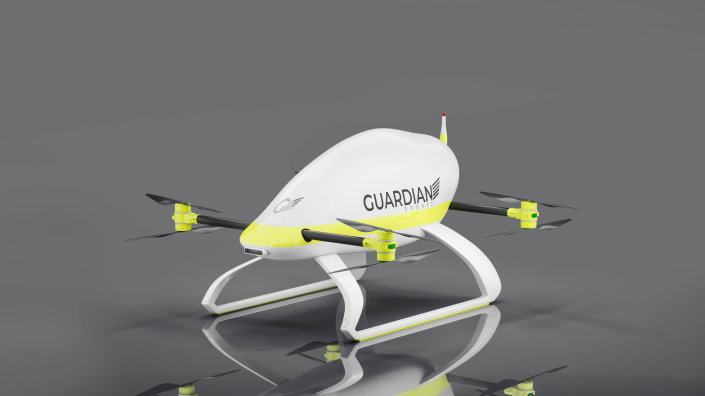
Hundreds of people drown in lakes, rivers and the sea every year. In 2020, according to figures from the German Lifesaving Society (DLRG), at least 378 people lost their lives mainly in lakes and rivers – despite the corona pandemic and a less than optimal summer. Since these bodies of water are usually not patrolled by lifeguards, help often arrives much too late. Yet rapid assistance is essential, especially in the case of drowning accidents.
IO recently reported on a floating water robot that will save people from drowning in the future. Now it is getting support from the air as well. Scientists at the Technical University of Cologne, Germany, together with Nickel Holding GmbH, want to develop a modern drone-based rescue system that will also help drowning people. “Since it is often very dangerous for non-professionally trained people to actively get involved, we are working on technical solutions for rapid assistance in such accidents,” says project leader Prof. Ompe Aimé Mudimu from the Institute of Rescue Engineering and Hazard Prevention.
Always ready for action
To this end, Nickel Holding GmbH wants to develop an outdoor drone that can be with the drowning victim in just a few seconds and, for example, lower a life preserver to him. The drone will be positioned in a hangar at a “tactically important location,” i.e., a place where rapid assistance by lifeguards is not possible. Since it is always kept ready for use, it can be at the scene of an emergency in the shortest possible time and save lives.
The drone is launched by a rescue control center after it has received an emergency call using an app already developed by Nickel Holding GmbH or by telephone. “One possible scenario is that passers-by make an emergency call to the responsible rescue control center,” says Lennart Landsberg, a research assistant in the project. “GPS data is then transmitted using the smartphone application. The control center then launches the drone, which flies autonomously to the scene to lower the buoyancy device or establish a connection via a microphone.” The control center should also be able to control the drone remotely.
Integration into existing operational organization structures
To work out the requirements for such a drone-based rescue system, the Institute of Rescue Engineering and Emergency Response is collaborating with the DLRG and organizations such as the fire department. The new technology must also be integrated into the existing emergency response organizational structure.
“We are determining how the system can be optimally integrated into the alarm response process and how the control center can use it as efficiently as possible. That’s why we are developing a tactical operational concept in cooperation with the organizations involved in the project such as the DLRG,” says Landsberg. “We will be holding workshops to involve not only experts, but also students in the process.” The scientists plan to evaluate the drone-based rescue system in field tests and a final exercise.
The GUARDIAN research project is being funded for a period of two years by the German Federal Ministry for Economic Affairs and Energy as part of the Central Innovation Program for SMEs (ZIM).



